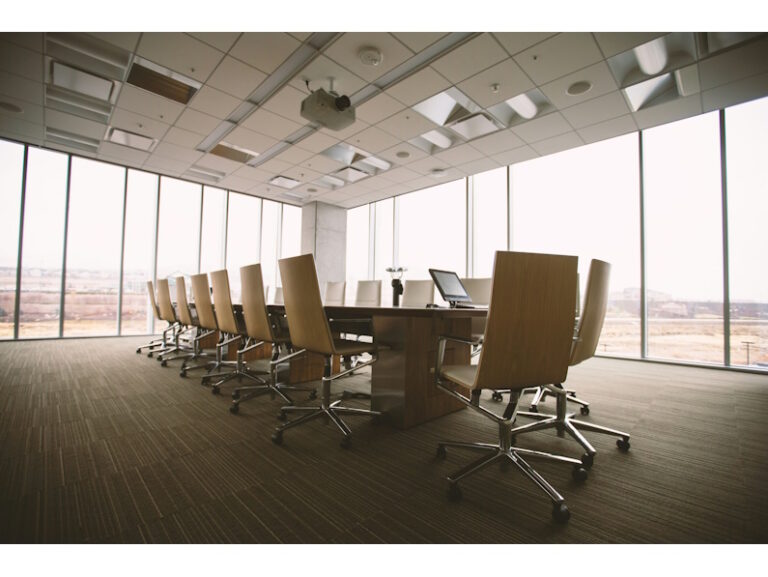What are some facts about Rheumatoid arthritis (RA)? The first thing to know is that this is an autoimmune disease, where the body’s immune system mistakes the body’s cells for foreign invaders like bacteria and viruses. In turn, the immune system releases inflammatory chemicals to combat the body’s own cells. In RA patients, the immune system attacks the synovium: the fluid-producing tissue that lines the joint and allows smooth movement and flexibility. Once it’s inflamed, the tissue thickens up, causing painful, tender, and swollen joints. The hands, knees, ankles, and the same joint on both sides of the body are most commonly affected. The facts about rhumatoid arthritis are that it can cause problems with the eyes, heart, cardiovascular system, and even the lungs.
1.5 million Americans have been diagnosed with the disease.

Here is a list of RA symptoms:
- Joint tenderness and pain
- Joint swelling or stiffness that lasts longer than six weeks
- Morning stiffness that lasts for 30 minutes or longer
- More than one joint is affected, often identical joints on both sides of the body
- Small joints (wrists, hands, and feet) affected
- Abnormal amount of fatigue
- Low-grade fever
Also, women are three times more prone than men to contract RA and if a family member has it, individuals are more likely to be at risk as well. Women have a higher risk of contracting RA between ages 30-60 while men have a higher risk after the age of 45.
Diagnosing the Autoimmune Disease
Like diagnosing any disease, it can be tricky. Aside from general arthritis in the body, there are more than 100 different types of this condition, including the more popular diseases like osteoarthritis, fibromyalgia, and psoriatic arthritis. But seeing a rheumatologist is the first step in the right direction. Using your medical history, doing a physical exam, and obtaining lab tests are all standard.
Doctors and patients will generally discuss joint symptoms, such as pain, tenderness, swelling, and flexibility. The doctor should also determine the severity and frequency of the ailments, and if anyone in the family has RA.
After these key factors are discussed, the doctor will perform a physical exam, particularly on the affected regions. Some of the physical traits doctors are looking for include warm skin, painful movements, bumps, and low-grade fevers.

Lab Tests
Lastly, a multitude of blood tests may be performed, to measure for inflammation and antibodies connected to RA.
In many cases, erythrocyte sedimentation rate and C-reactive protein levels are both measured. These are distinct markers for inflammation, so high levels of these can be a clue leading to RA.
Doctors will also look out for:
- Rheumatoid factor – an antibody that acts against gamma globulin. Found in 80 percent of individuals with RA
- Antibodies to cyclic citrullinated peptide, found in 60 to 70 percent
- Erosions in bone joints, via X-rays, ultrasounds, or MRI scans
- Antinuclear antibody – an abnormal number of these antibodies are present in RA
Facts About Rheumatoid Arthritis: Complications
When individuals suffer from RA, they tend to have dryness in their eyes. It can also manifest itself as eye inflammation, pain, redness, sensitivity to light, and vision problems.
In the mouth, dryness and gum inflammation as well as irritations or infections can occur. Perhaps one of the more common symptoms and physical attributes of RA is the occurrence of rheumatoid nodules. These are small lumps that show up under the skin, usually above bony areas like the knuckles.
When RA becomes more advanced, it can also cause lung inflammation and scarring, which then leads to shortness of breath and ultimately, lung disease. The autoimmune disease can also cause low red blood cell counts, and inflame the blood vessels, leading to nerve and skin damage.
Lastly, one of the most concerning facts about rheumatoid arthritis, is that it can inflame and damage the heart.
Treatment
Because there is no direct cure for RA, the goal is to treat the condition so that symptoms flare-up as little as possible. This requires a lot of strategy in terms of reducing (if not stopping) inflammation.
It’s important to keep your body moving on an everyday basis to minimize the stiffness that comes with being idle for extended periods of time. Try to incorporate more walking every day and opt for activities that require you to move your body more. With that said, don’t overdo it. Be sure to rest, take breaks, and don’t fight when you have a flare-up – that’s your body calling for rest.
Diet
Let’s face it – when dealing with the facts about rheumatoid arthritis, individuals must must absolutely keep a close watch over their diet, because there are a ton of foods that either increase or decrease inflammation. The more balanced it is, the better it is for RA sufferers. Eat foods high in omega-3 fatty acids, and be sure to consume plenty of beans, broccoli, cherries, citrus fruits, nuts, ginger, turmeric, and whole-grains.
Avoid red-meat, dairy, salt, sugar, processed and fried foods, and alcohol. Essentially all the fun stuff.
Facts About Rheumatoid Arthritis: Hot & Cold
There is a variety of treatments using hot or cold sensations on the body. Heating pads, warm baths, and even epsom salt baths are great for reducing inflammation. For sharp or more severe pain, an ice pack will do the trick. Individuals can use hot and cold topical gels and patches as well. Non-steroidal anti-inflammatory pills work great, but shouldn’t be taken too routinely.
Relaxation
There are different ways to relax and stop focusing on pain. They include meditation, deep breathing, and thinking about images in your mind that make you feel happy. Massage can help reduce pain, relax sore muscles and ease stress or anxiety. Acupuncture involves inserting fine needles into the body along special points to relieve pain. If you don’t like needles, acupressure uses firm pressure instead.

Facts About Rheumatoid Arthritis: Follow-up on Responses to Medication
Once doctors prescribe medications to treat particular symptoms of RA, patients attend routine follow-ups to measure progress or discuss ailments. Often, doctors will order more lab work to assess how patients are responding to certain medications.
These include:
- Muscle enzyme (CPK, aldolase) – measures levels of muscle damage determined by the presence of enzymes in the blood
- Creatinine – doctors measure this when patients take medications that affect the kidneys
- Liver enzyme – just like creatinine is measured, SGOT, SGPT, bilirubin, alkaline, and phosphatase are all measured to assess any possible liver damage
- Multibiomarker disease activity (MBDA) – this panel checks 12 different proteins, hormones, and growth factors that are all correlated with RA. Results will demonstrate disease aggression and predict flare-up frequency
- White blood cell count – This will be monitored throughout an individual’s RA journey, to determine that medication is not hurting the immune system’s ability to fight infections
- Platelet, Hematocrit, and Hemoglobin counts – these counters determines that there isn’t an elevated risk of bleeding due to medications
With these strategies and the right care from a doctor, RA sufferers can expect some alleviation. But it’s a chronic treatment and therefore, a life-long journey.
Learn more about RA here: https://www.rheumatology.org/I-Am-A/Patient-Caregiver/Diseases-Conditions/Rheumatoid-Arthritis







